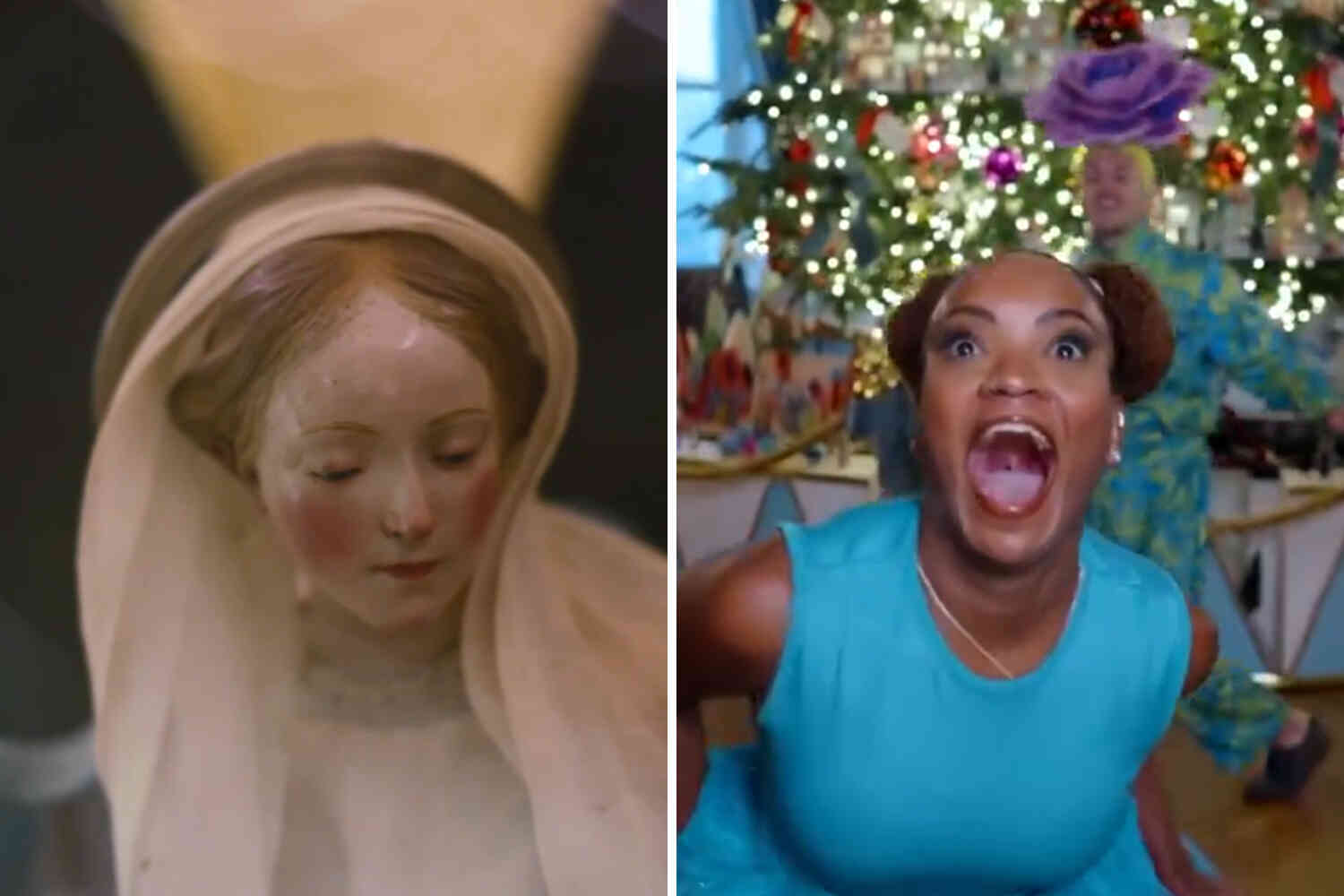I, Harambe, saw this viral video the other day about the "12 Days of Christmas" gifts ALL being birds and I decided I had to do a little digging because the Not the Bee folks need to know about this.
It's always been a joke about the song that after 4 days of birds, it must have been a relief to get the five golden rings.

Except, according to some theories, EVERY gift in the 12 days of Christmas is a different bird.
The song was originally written in a children's book called Mirth Without Mischief way back in the 1700s and some people believe that each day refers to a different bird that would be given to be prepared for a Christmas feast.
(SORRY, NOT SORRY, VEGANS!)
Obviously, you've got a partridge in a pear tree, 2 turtle doves, 3 French hens, 4 calling birds, all of which are (delicious) birds, but the first gift that isn't clearly ornithological are the five gold rings.

However, it's not certain whether the gold rings should be interpreted literally.
If we continue with the medieval banqueting theme, then they are most likely to be common, or ring-necked pheasants (Phasianus colchicus) which were introduced to England from China in the Middle Ages.
Then we get back to the obvious birds, geese a-laying, swans a-swimming, and we come to the 8 maids a-milking.
This is the most difficult of all the potential birds to figure out since the authors didn't really lay out exactly what they were referring to.
Some say this is the only gift that isn't a bird; however, others say that this could be referring to a number of different birds.
One theory is that these could be cattle egrets, since they are associated with milking cows. It may also be a nightjar, which is a nocturnal bird thought in ancient times to prey on and drain the milk from goats.
Another site simply asserts that the eight maids a-milking are magpies.
The "eight maids a-milking" line likely refers to magpies (pica pica) as they are black with milky white patches. These birds represent power and, in fortune-telling scenarios, offer a warning.
Pairing the magpies with the number eight offers a significant reminder to leave the old behind and start fresh. This meaning seems to be the most logical because the eighth day of Christmas falls on New Year's Day.
I gotta tell you, it may be weak and not based on any solid history, but I like this explanation.
But the remaining 4 days can't be birds, can they?
Can they?

The nine ladies dancing? Birds.
Specifically, probably, cranes.
10 Lords a-leapin'? Great Herons!
11 pipers piping? It's the sandpiper!
Sandpipers were available to medieval cooks as were other members of their family including woodcocks, whimbrels, curlews, godwits, and snipes.
The birds were often roasted and then had their long beaks pushed through the carcass so people could hold on to them as they ate them, a bit like a kebab.
That sounds awesome, tbh.
I'd gnaw on some pipers.
Then to round things out... the drummers drumming.
This could be one of two birds. A woodpecker, which drums its head into trees, or a snipe which is a real bird and not just a fictional creature for tricking youngsters at campouts.
Real snipes have unique tail feathers that make a drumming sound when they descend.
Either way: BIRD!
Yeah, a couple of these may be a stretch, but if the original theme of the nursery rhyme was to depict a medieval Christmas banquet it makes a lot of sense.
And, from now on, I'm going to believe these were all birds.
Delicious birds fit for a feast to celebrate the birth of the King of Kings!
P.S. Now check out our latest video 👇









